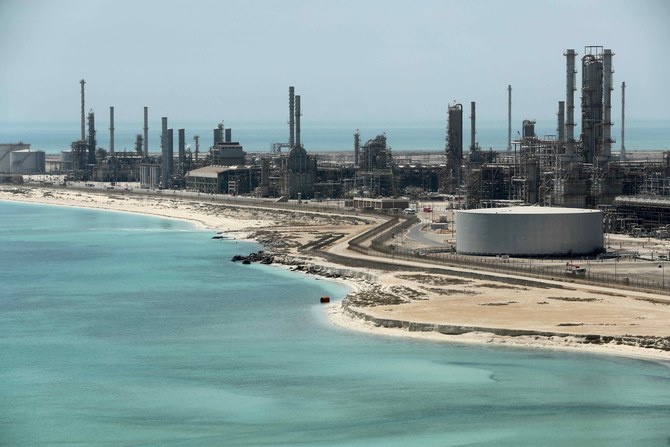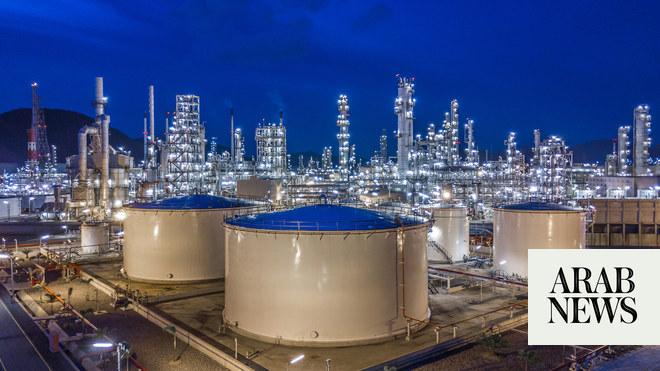
RIYADH: Saudi Arabia’s crude production increased to 8.94 million barrels per day in December 2023, a monthly rise of 1.43 percent, according to a Joint Organizations Data Initiative study.
The analysis revealed the Kingdom’s crude exports in December declined by 28,000 bpd to 6.3 million bpd, a 0.44 percent decrease from November.
In line with the decision by the Organization of the Petroleum Exporting Countries and its allies, known as OPEC+, Saudi Arabia has maintained lower crude exports and production since April 2023.
The Kingdom initiated a 500,000 bpd reduction in oil output in April, which was extended until December 2024. It also pledged an additional cut of 1 million bpd in July, which will continue until December 2023, as announced by the Ministry of Energy earlier this month.
A meeting of high-ranking ministers from OPEC+ reportedly decided to maintain their current oil output policy at the beginning of February 2024.
The gathering, reportedly conducted online to review market fundamentals, was overseen by the Joint Ministerial Monitoring Committee, which has the authority to convene full OPEC+ meetings or provide policy recommendations.
After the meeting, the organization released a statement noting the high conformity of participating OPEC and non-OPEC countries to crude oil production data for November and December 2023.
However, the group now faces a crucial decision on whether to extend voluntary oil output cuts of 2.2 million bpd, set to expire by the end of March.
Saudi Arabia accounts for nearly half of these cuts at 1 million bpd. If the cuts are lifted, OPEC+ would reintroduce 2.2 million bpd to the market starting in April while maintaining 3.66 million bpd of previously agreed output cuts.
Riyadh has hinted at extending cuts beyond the first quarter if deemed necessary, with past decisions typically made at least a month before implementation.
Moreover, the Saudi government recently instructed Aramco to halt its oil capacity expansion plan, aiming for a maximum sustained production capacity of 12 million bpd, which is 1 million bpd below the target announced in 2020.
Jodi data also revealed Saudi Arabia’s direct burn of crude oil, involving the utilization of oil without substantial refining processes, experienced a decrease of 198,000 bpd in December, representing a 40 percent decline compared to the preceding month. The total direct burn for the month amounted to 303,000 bpd.
The Ministry of Energy seeks to boost the contributions of natural gas and renewable sources as part of the Kingdom’s goal to achieve an optimal, highly efficient, and cost-effective energy mix.
This involves substituting liquid fuel with natural gas and incorporating renewables to constitute approximately 50 percent of the electricity production energy mix by 2030.












